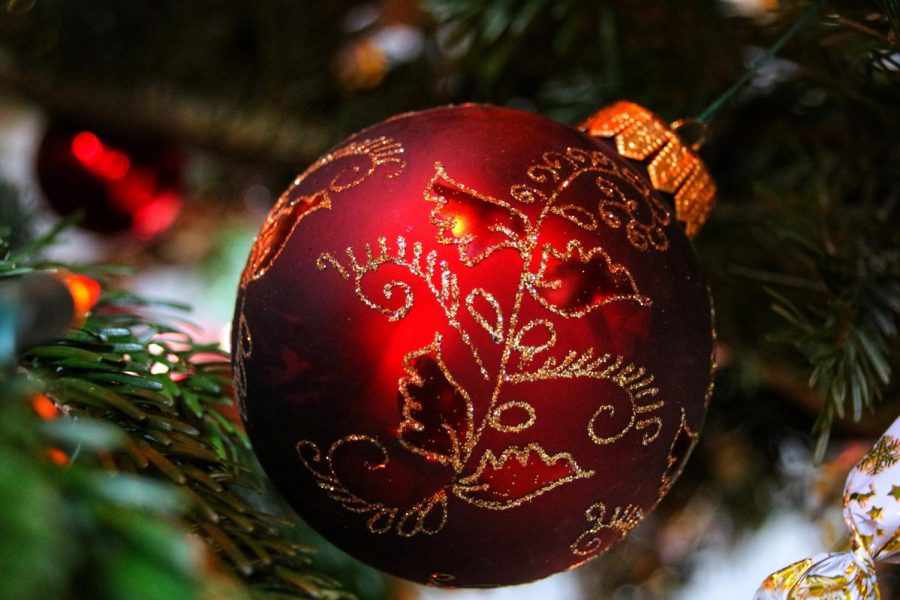Christmas: The Adapted Holiday
January 16, 2021
Christmas is one of the biggest holidays of the year; about 90% of Americans celebrate it. Of that 90%, less than half of them think of it as a religious holiday. The meaning of Christmas has shifted over the years to become more about celebrating family and friends and giving gifts to the people that you love, rather than being a Christian holiday. However, what many people don’t know is that Christmas is a combination of multiple pagan traditions. In a religious context, Christmas is meant to celebrate the birth of Christ, but the Bible does not say when he was born besides some context clues that indicate it was probably in the spring. Early Christians chose December 25th to consolidate existing pagan traditions in an effort to make them more open to conversion, but also because early Christians were fascinated by their traditions.
One of the traditions that Christmas stems from is Saturnalia, a Roman festival held on the winter solstice that celebrated the god Saturn. During Saturnalia, the moral restrictions were eased, people decorated their houses with greenery and wore colorful clothes, slaves had a temporary day of freedom to say and do what they wanted, and the streets filled with drunken revelers, celebrating the return of the sun. Towards the end of the festival, which at one point expanded to last seven days, people would exchange gifts of candles and wax figures. At the time, the Romans were using the Julian calendar, so the winter solstice fell on December 25th. Christmas is on the 25th because when Rome’s official religion became Christianity, they adapted the holiday to get pagans to accept it.
The other big celebration that Christmas is derived from is Yule. Eventually, the holiday underwent Christian reformation as well, going from Yuletide to Christmastide. Perhaps one of the biggest symbols of modern-day Christmas, the Christmas tree, comes from Yule. The tree itself was meant to represent the World Tree, a tree that in Norse mythology supports the universe and is the center of the cosmos. They would decorate the tree with berries, pinecones, and fruit, as well as other objects that are sacred to their gods and goddesses. Although the World Tree is an ash tree, Christmas trees may be evergreen because cutting down down evergreens and bringing them inside was also a Yule tradition. Evergreen represented life and renewal and is believed to help bring on the sun’s return, which is ultimately what all pagan winter solstice traditions celebrated. Besides the Christmas tree, quite a few other things came from Yule as well. Holly, mistletoe, yule logs, wreaths, gingerbread, caroling, eggnog, you name it. Even the classic red and green colors of Christmas stem from Yule.
Many cultures around the world have celebrated and continue to celebrate the winter solstice, which is the shortest day of the year, and also marks the beginning of the sun’s return and the approach of spring. The sun has been revered worldwide as the source of life, and with the sun comes new growth and life. No matter what form the celebration takes, it always revolves around rebirth, the warmth and joy of life and family, and trying to bring positivity and protection into the new year. Even when winter solstice celebrations were adapted into a Christian holiday, it was made into a celebration of the birth of Jesus and a new era. As Christmas rolls around, it’s important to acknowledge the origins of the holiday because too often, cultural history gets lost.






















































































































































